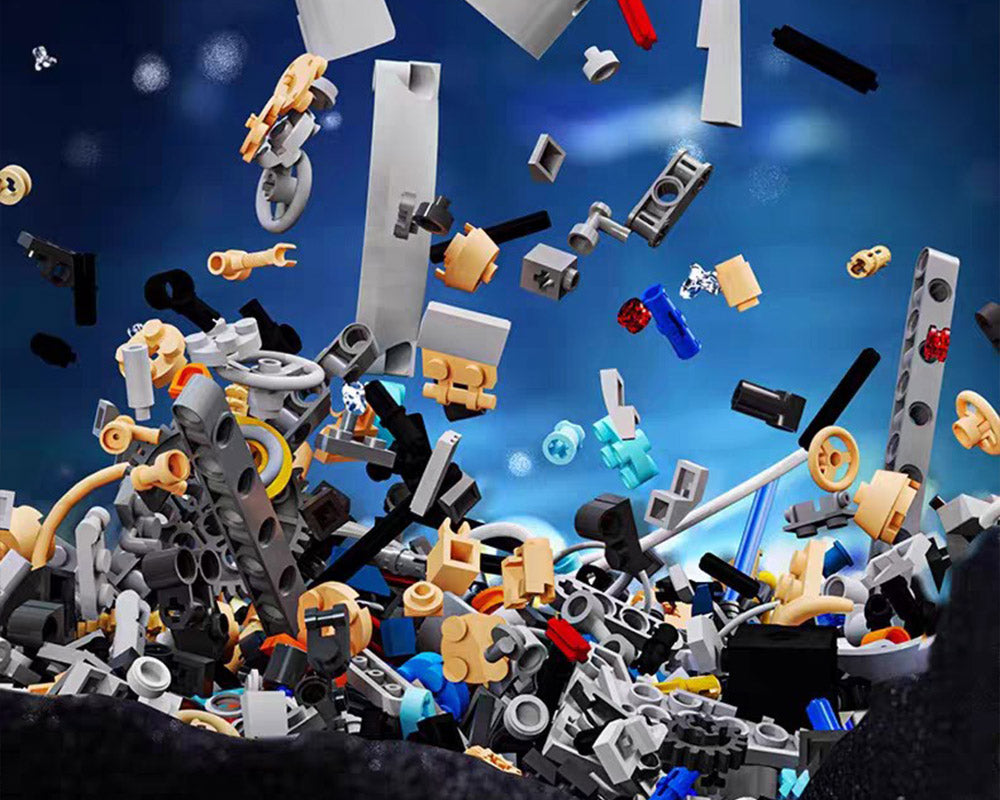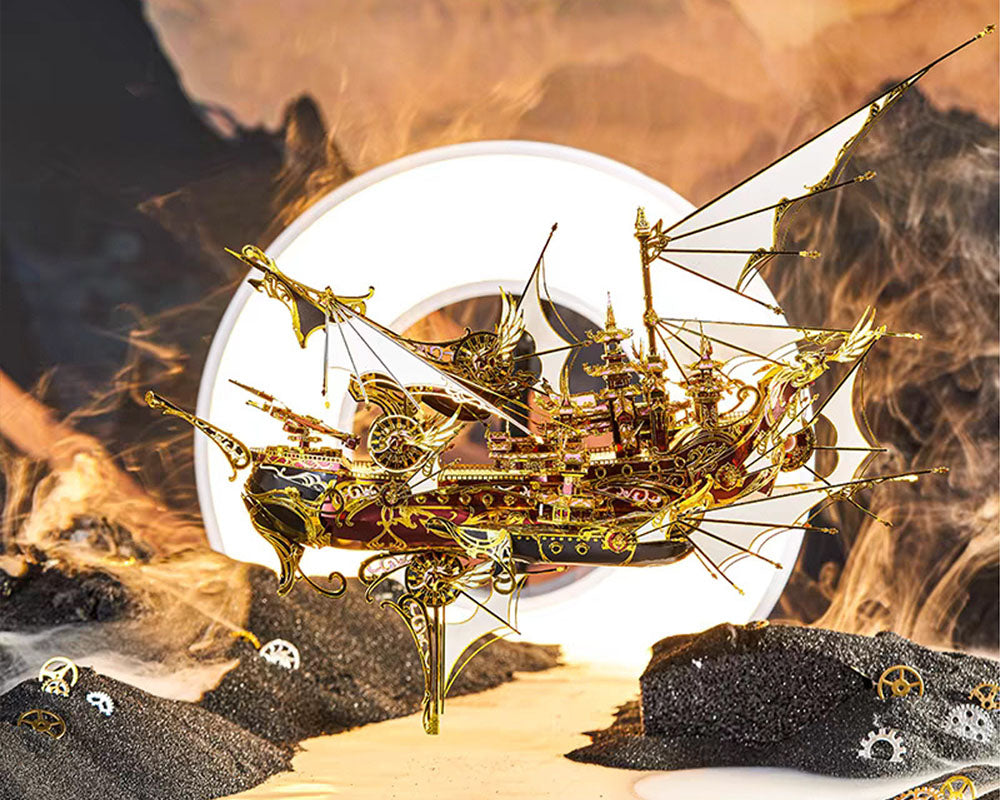
Building Blocks, Building Minds: The Lasting Benefits of Block Play for Children
Introduction
At first glance, building blocks may seem like simple toys. But behind every tower, castle, or spaceship lies a world of learning, creativity, and personal growth. For generations, building blocks have remained a staple in childhood playrooms—and for good reason. These colorful, stackable pieces do more than entertain—they shape how children think, feel, and grow.
Whether made of wood, plastic, or magnetic components, building blocks are powerful tools that support developmental milestones, improve cognitive skills, and spark lifelong creativity.
1. Sparks Creativity and Imagination
Building blocks allow children to dream without limits. A few simple pieces can become:
-
A pirate ship one moment
-
A dragon’s cave the next
-
A futuristic city moments later
Unlike fixed-function toys, blocks invite open-ended play. There's no “right” way to build—only possibilities. This kind of unstructured play helps kids:
-
Think outside the box
-
Express themselves through design
-
Turn abstract ideas into physical forms
By imagining new structures and solving how to bring them to life, children develop a creative mindset that will benefit them in art, writing, science, and beyond.
2. Enhances Problem-Solving and Logical Thinking
Every block tower teaches more than balance—it teaches strategy. Children learn to:
-
Plan ahead ("What piece goes next?")
-
Adjust designs if something falls
-
Understand cause and effect
-
Recognize patterns and symmetry
In this way, building blocks act as early STEM tools, helping kids develop skills in:
-
Engineering (structural design)
-
Math (shape recognition, counting)
-
Physics (gravity, balance, stability)
They build more than structures—they build problem-solvers.
3. Supports Physical Development
Block play strengthens both fine motor skills and hand-eye coordination:
-
Picking up small pieces improves finger dexterity
-
Placing blocks carefully develops precision
-
Reaching, stacking, and rebuilding enhances control and endurance
These physical skills support everything from handwriting to sports later in life.
4. Fosters Social and Emotional Growth
When kids build together, they learn valuable lessons in:
-
Cooperation: “Let’s make a tower together.”
-
Sharing: “Can I use that red block?”
-
Teamwork: “You build the base, I’ll make the roof.”
-
Resilience: “It broke? Let’s try again.”
They experience joy in creation—and learn to cope with challenges and setbacks in a safe, playful way. This builds emotional intelligence and strengthens their ability to communicate and collaborate.
5. Encourages Language and Storytelling
Children naturally narrate what they build:
-
“This is the princess’s tower!”
-
“The robot lives here and guards the city.”
-
“He drives this car to the moon!”
These moments boost language development, vocabulary, and storytelling ability. Parents can join in and ask open-ended questions to further spark conversation and imagination.
6. Grows With Your Child
One of the best things about building blocks is their adaptability. They suit every stage:
-
Toddlers enjoy simple stacking and knocking down
-
Preschoolers create recognizable buildings and characters
-
Older kids build intricate cities, machines, or fantasy worlds
As your child grows, the blocks evolve with them—offering new challenges and deeper forms of expression.
Conclusion: Small Blocks, Big Benefits
In an age of screens and fast-paced entertainment, building blocks offer something timeless: a hands-on, brain-boosting experience that empowers children to explore, experiment, and express themselves. Whether playing solo or building with friends, children are not just stacking shapes—they're developing critical skills, learning through play, and growing into creative thinkers.
So next time your child reaches for the blocks, remember: they’re not just playing. They’re building their future—one brick at a time.

